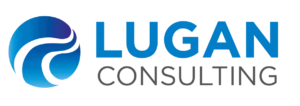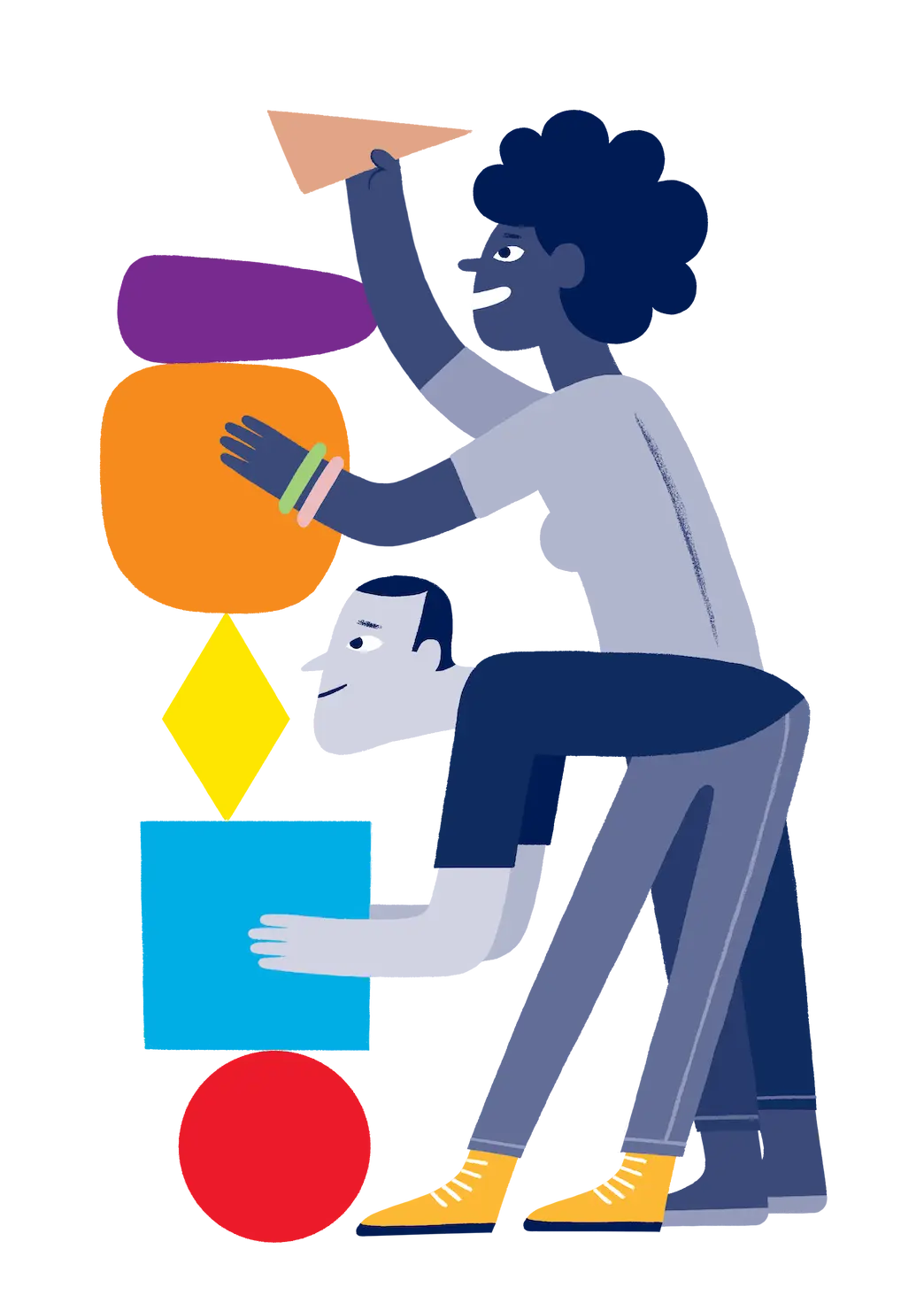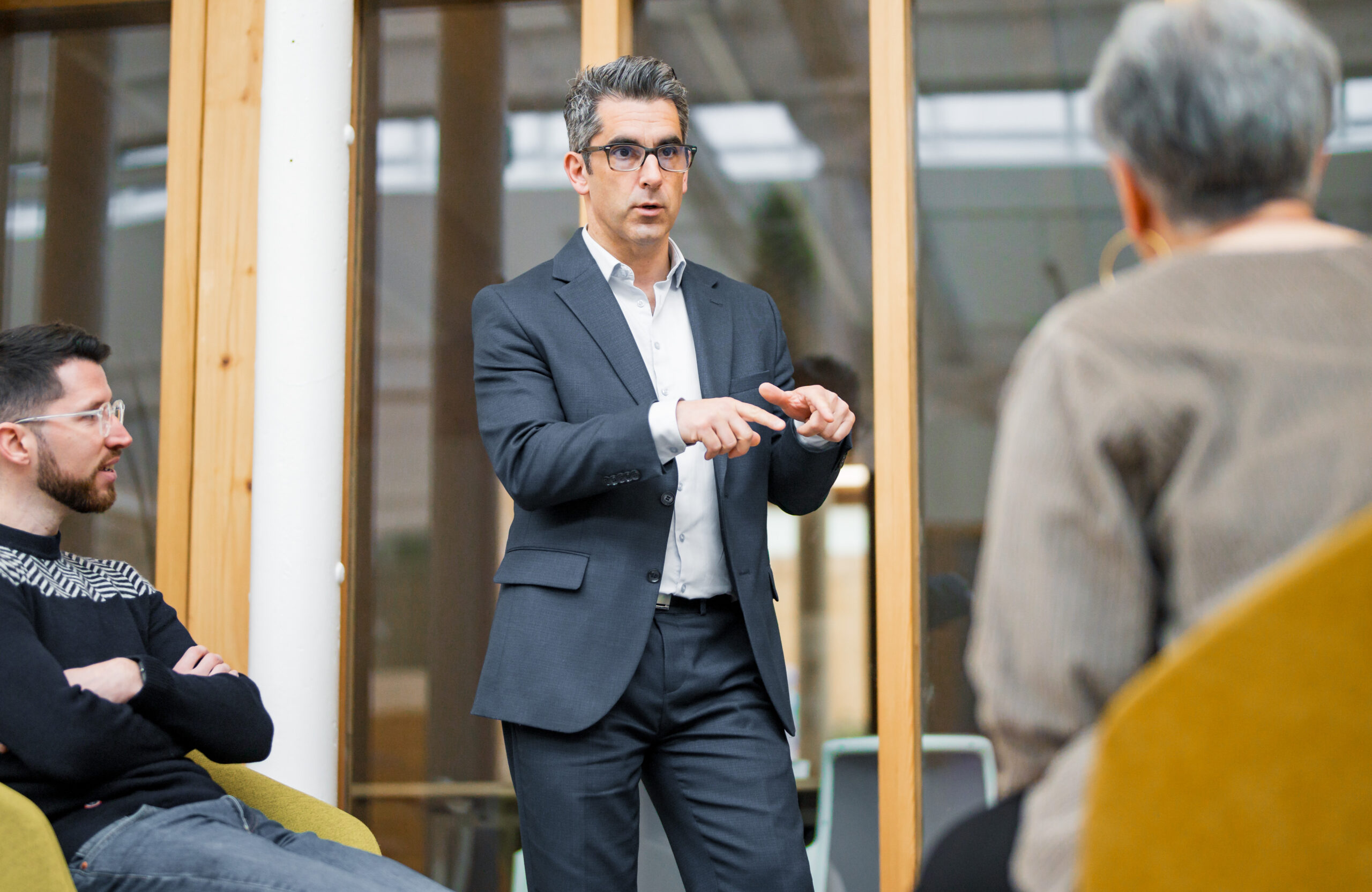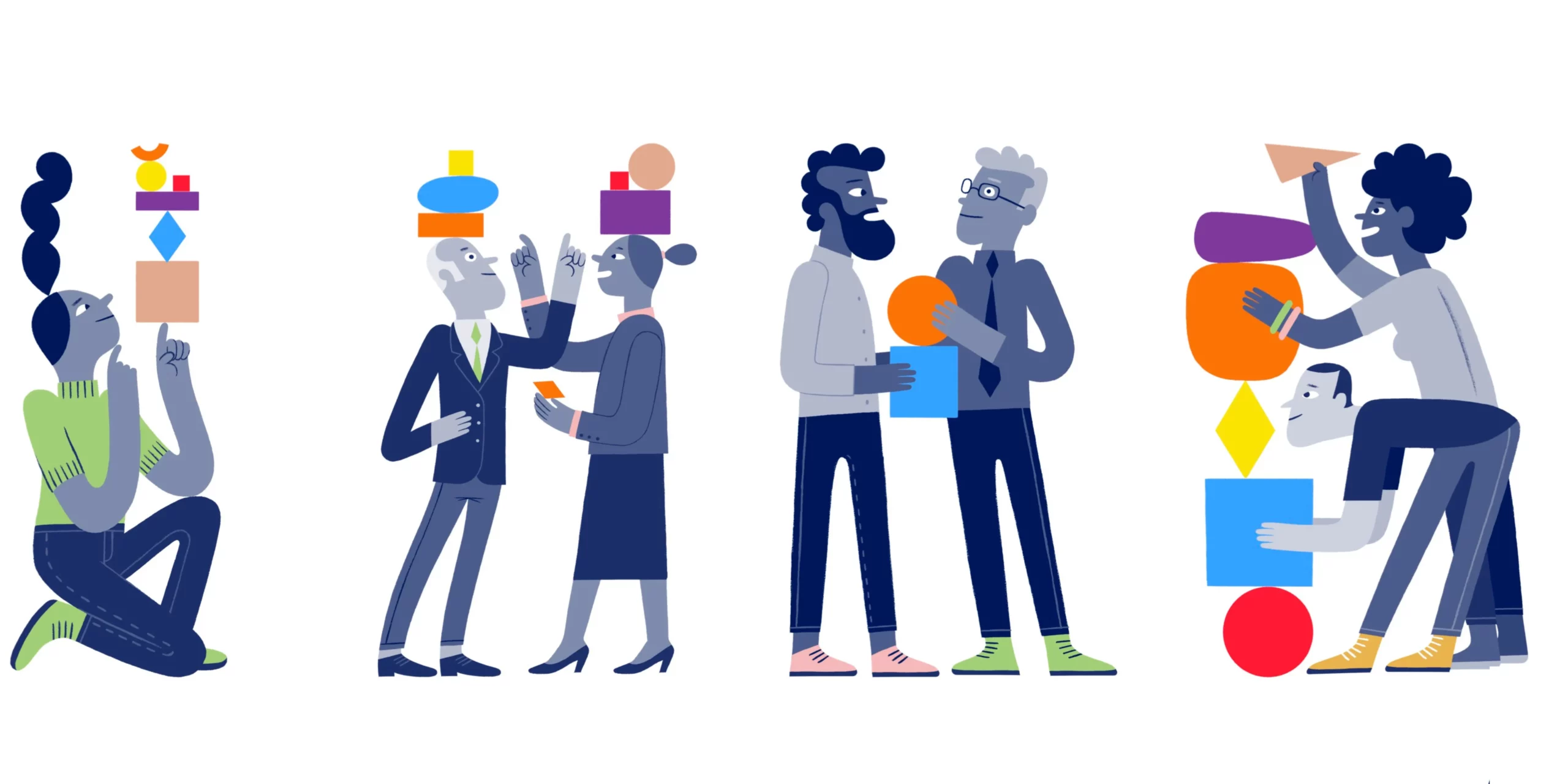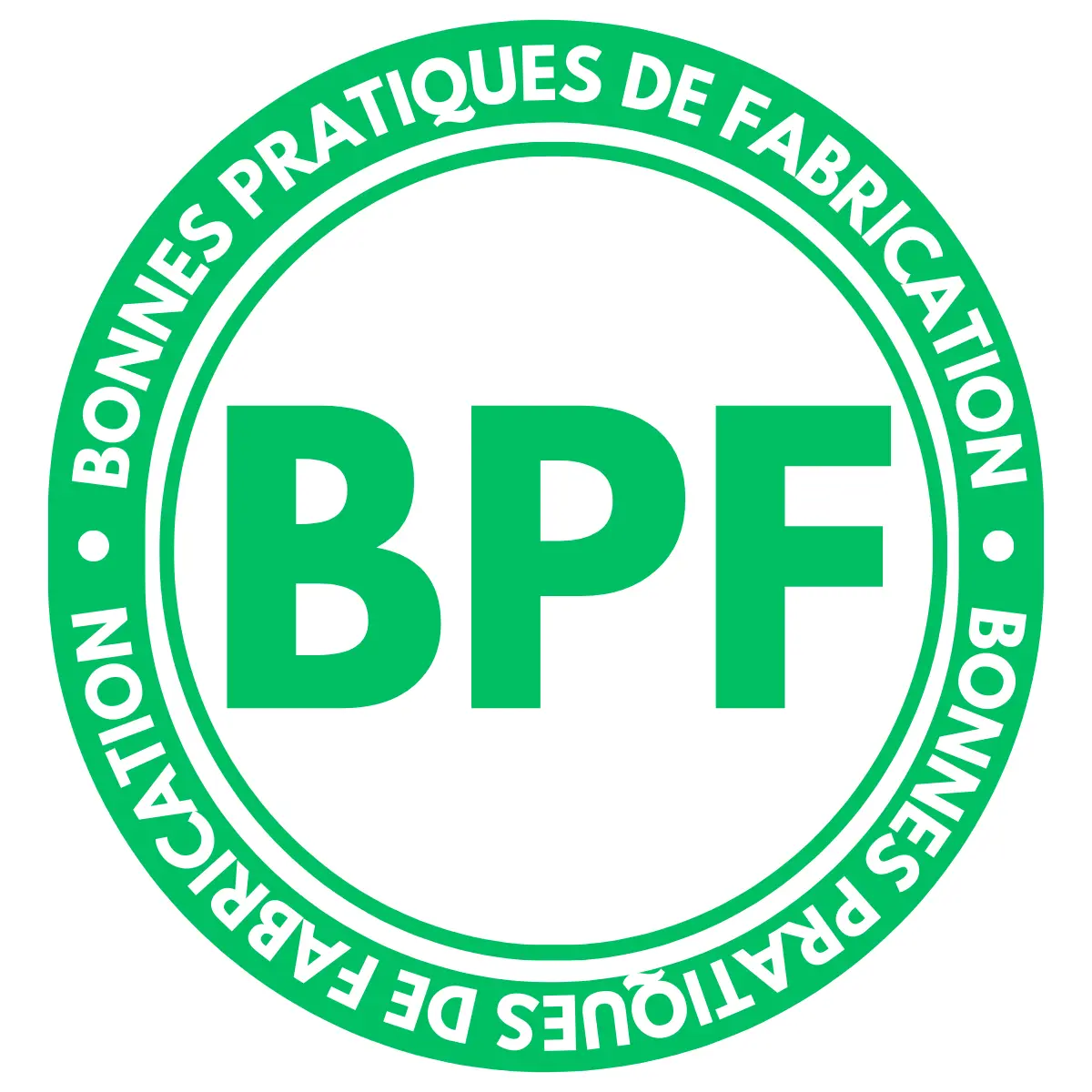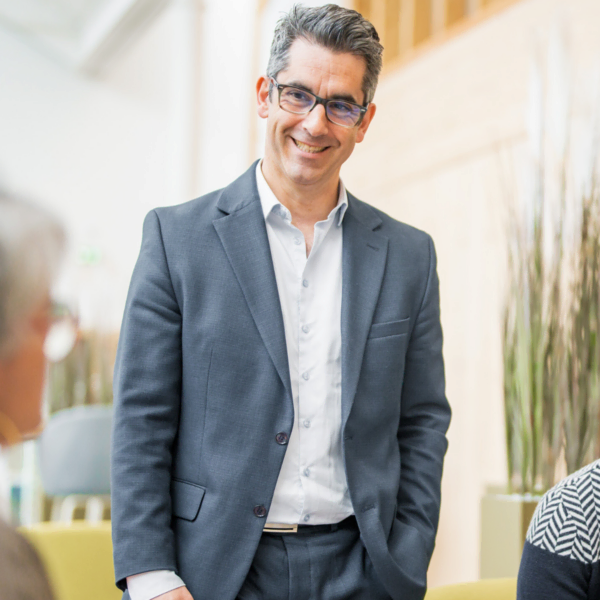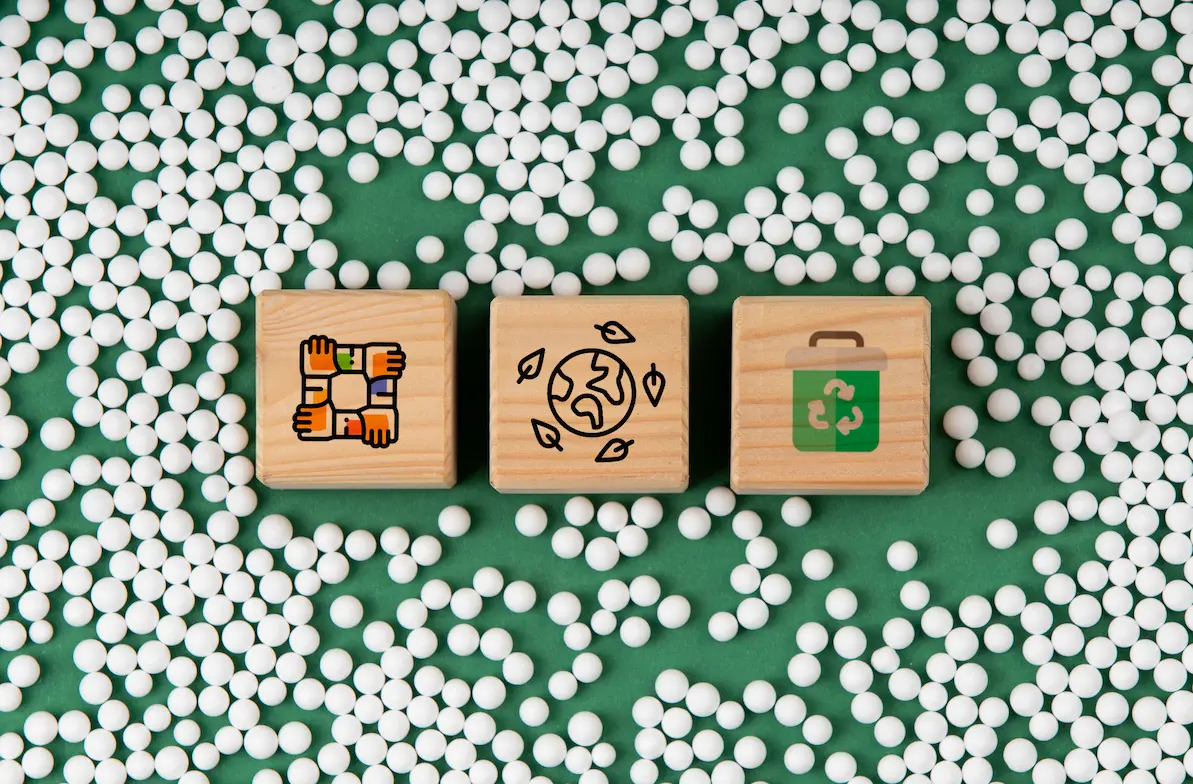Getting to know each other better to work together more effectively
How do you harmonize team spirit? Communication problems are rife in every company. It’s only human. Teams are often made up of a variety of profiles, each with their own specific skills, but these differences can sometimes be a source of tension. Balance within teams has an impact on the working atmosphere and, by extension, on the company’s performance!
I’m regularly asked to help strengthen team cohesion, and I teach the members of my teams to get to know each other better so that they can work together more effectively. The case study below describes how I help all the individualities to come into harmony so that they can play the company’s symphony from the heart. My preferred instrument? Process Com®.
A case study: the HR team of a pharmaceutical company
Last spring, I was contacted by the HR manager of a pharmaceutical production company in the west of France, who was faced with a delicate situation: the departure of a long-standing assistant had weakened the team and created tensions. The team, made up of very different profiles, was finding it difficult to find a common rhythm.
A polarized team
The profiles of the employees involved made delegation less straightforward than it had been until then:
- A young assistant who suddenly found herself propelled to the position of team referent and assistant-principal, despite her short experience.
- A payroll manager whose organization, characterized by autonomy and great rigor, can sometimes seem rather uncooperative.
- A young nurse, recently hired, pleasant, but discreet and still in the background due to her recent arrival in the company.
- A work-study student, whose presence is divided between his studies and his professional assignments.
A vigilant manager
The manager, aware of the dissimilarity of his colleagues, was looking for a solution to optimize the functioning of the group. Given the need to bring harmony to the group and consolidate the bonds between its members, he contacted me to set up a team-building program.
Team-building phases
It’s rare for a team to reach cruising speed spontaneously. According to Tuckman, an American psychologist, team building goes through 4 phases before finding a form of harmony:
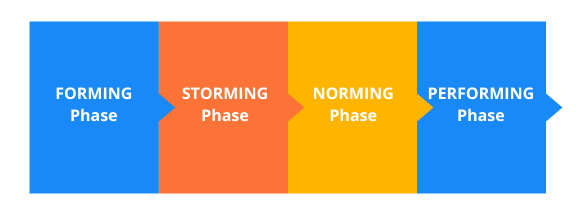
Each of these stages requires specific support from the manager. Moreover, each change in the team restarts the cycle from the beginning. This was the case for my customer, following the recent reshuffle that had taken place.
A team-building seminar to reconnect
After taking stock of the situation, I suggested to the HR manager that we work on team cohesion along 4 lines:
- Defining the profiles of the various team members;
- Reminding everyone of their roles and responsibilities;
- Define the department’s vision/mission and draw up a roadmap;
- Identification of a service project (unifying event).
Planned as a 3-day seminar, this session brought together 5 participants, including the manager. It was organized off-site, and included outdoor activities, workshops and interaction. The program was designed to convey the 4 principles of the Process Com® (or PCM®) philosophy:
Get to know yourself ;
- Learning to recognize sources of stress and manage emotions;
- Learning to recognize others;
- Learn the communication tools needed to interact in a relationship and adapt to the other person.
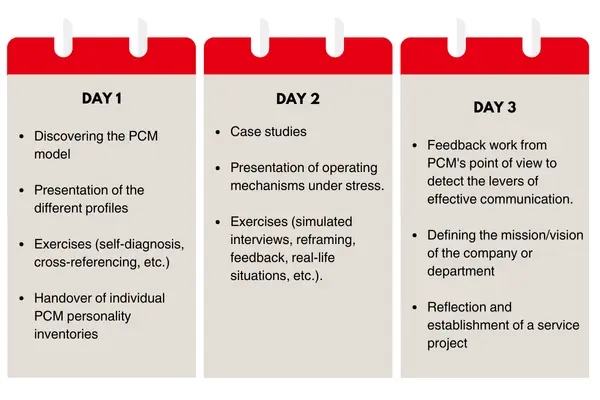
Getting to know yourself better: a preliminary personality test
Process Com profiles
A few days before the seminar, participants are invited to take part in an online personality test. It enables individuals to identify themselves under one of the 6 profiles defined by Process Com and thus :
- Understand what structures their personality;
- Get an idea of their strengths;
- Understand how they function under stress.
Each of the 6 personalities defined by the method is associated with a color, characteristics and behaviors under stress.
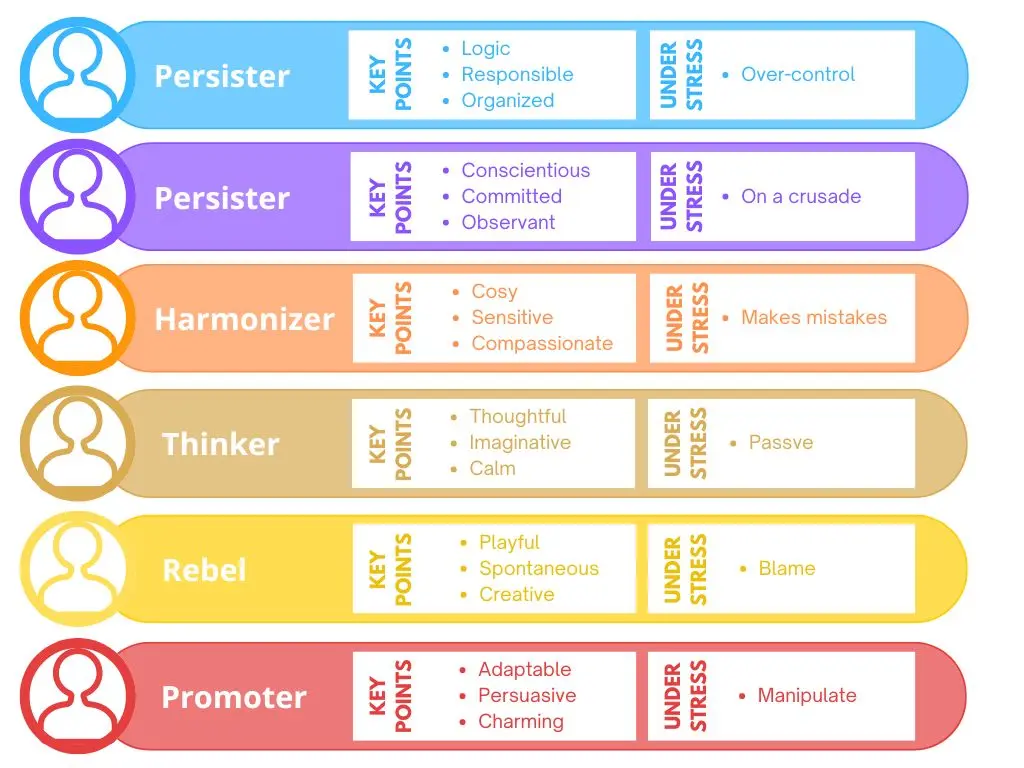
For each profile, correspond :
- Strengths ;
- Modes of perception ;
- Elements of language and expression;
- A preferred communication channel;
- Psychological needs;
- Interaction styles;
- Behaviors under stress.
A PCM® test measures the content of these 6 profiles in your personality and highlights the dominant type to which you belong. For, in reality, we are the sum of our different personality types.
An inventory of individualities... that make up a colourful team
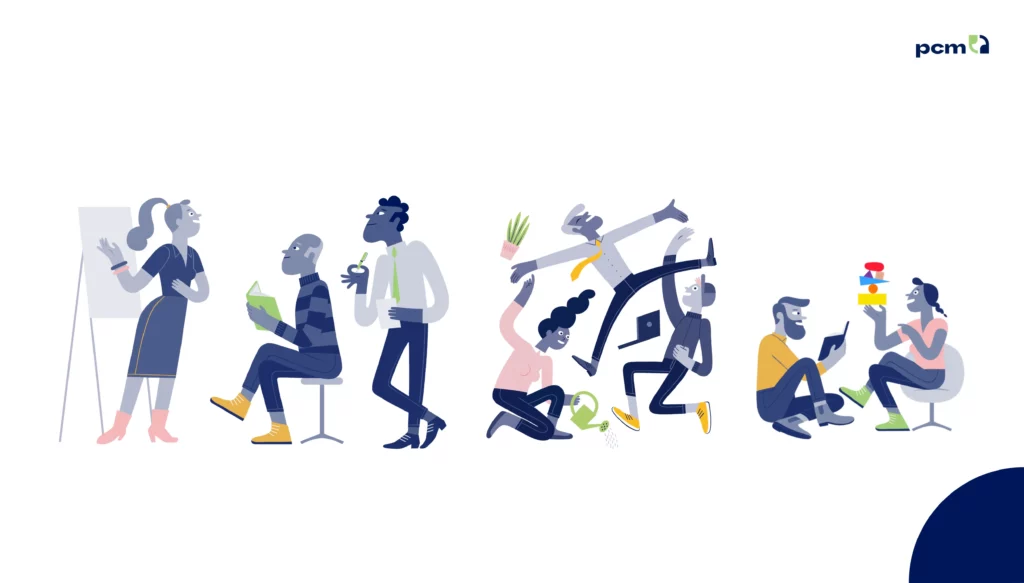
The PCM® model underlines the importance of a diversity of profiles within a team. Indeed, a dominant color can create bias and limit creativity or, conversely, deprive it of rigor. The opening day of the seminar is devoted almost entirely to personality work. The aim is to map out the team and identify the sources of tension (often due to misaligned communication channels). By getting to know ourselves and each other, we can clarify the channels of discussion and enable everyone to find the right frequency of communication with their colleagues.
Case studies and exercises
After the discovery phase, I involve participants in more dynamic interactions. The presentations combine workshops, exercises and role-playing. I alternate introspective episodes, exchanges and feedback. In my experience, this is systematically beneficial.
Let’s take a look at the 3 exercises carried out during this case study workshop. (Yes, they vary according to the situation, as LUGAN CONSULTING’s services are tailor-made).
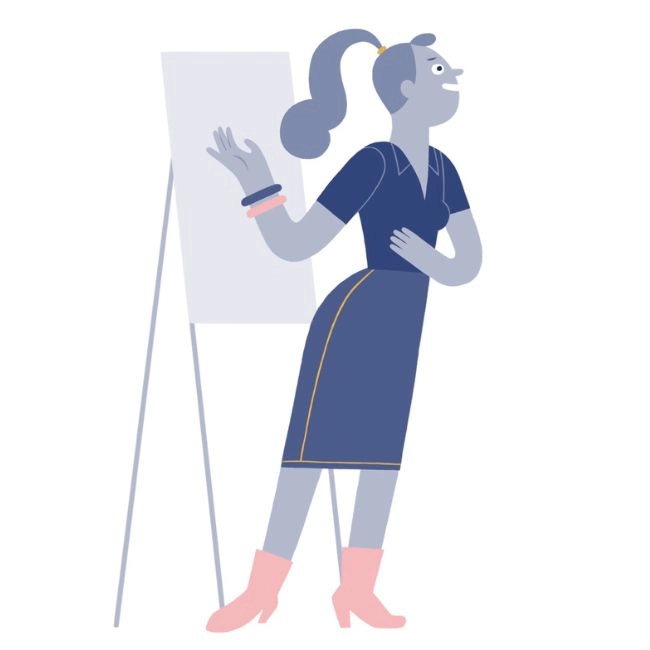
Post it workshop
To promote cohesion, I asked team members to express their views on the group’s strengths and weaknesses. This exercise revealed very different perceptions within the team, highlighting misunderstandings and differences of opinion. It turned out that a lack of communication was at the root of some of the tensions.
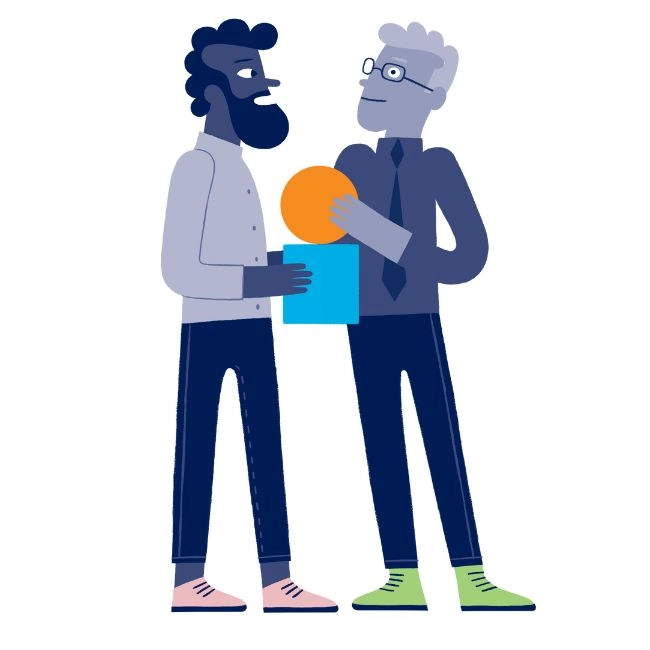
Regards Croisés (Team Dating)
This exercise takes the form of “Team Dating”: participants engage in individual interviews to give and receive constructive feedback. This method, inspired by speed dating, creates a safe space to express thoughts and feelings in an honest way.
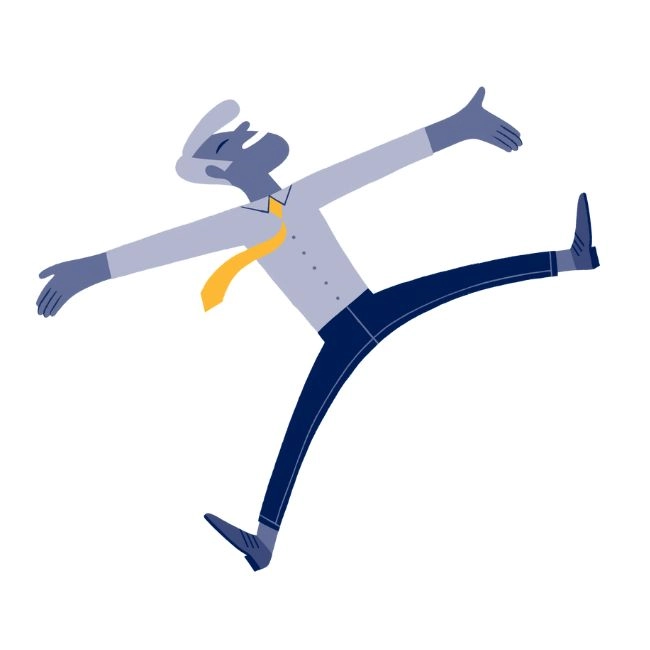
I'm wonderful
Avec cet exercice, les participants sont invités à finaliser leur autodiagnostic. Je demande au groupe d’essayer d’identifier le profil de ses collègues. Après un temps de réflexion, à tour de rôle, les stagiaires sont invités à faire un retour collectif sur une personne. La personne annonce également le profil qu’elle pense avoir.

Test results
The results of the initial PCM® test are delivered following the “I’m Great” exercise, so that participants can compare their results with those from their self-diagnosis and feedback from colleagues.
These results are delivered individually in the form of a 30-page report. I debrief with the candidates, giving everyone time to ask questions.
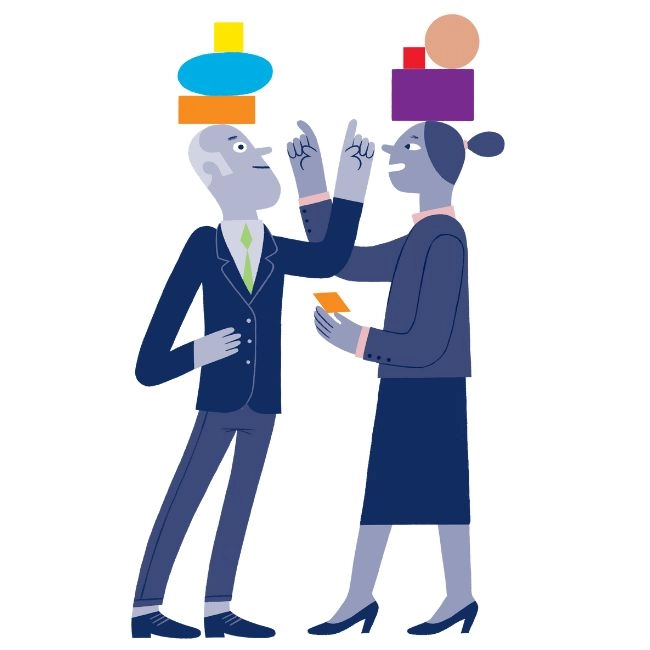
Case studies
The second day is often devoted to role-playing. Drawing on what they learned the day before, participants simulate a specific context during which their audience analyzes the situation from a Process Com point of view. They decode a typical situation, detecting profiles, sources of stress and communication levers, before providing feedback.
Corporate Mission/Vision and Service Project
After establishing a solid communication base, we define the team’s mission and vision together. The company’s mission corresponds to its raison d’être, and its vision: its ideal goal to be achieved in the more or less near future. This step enables candidates to give meaning to their work and to feel involved in a common project.
To bring this positive dynamic to fruition, we plan a festive team event, and assign roles to everyone involved in bringing it to fruition. For this event to be a success, communication within the team must be fluid and efficient, which is why we spent the first two days working on this aspect. Without this precaution, this kind of initiative can be perceived as artificial by employees.
RESULTS
The workshops had a lasting impact on team cohesion. By fostering communication and mutual understanding, they have improved overall team performance. Employees are more committed, have a better understanding of their role within the group, are more autonomous and make decisions more quickly. As results improve, the social climate becomes positive, contributing to a more pleasant and productive working environment.
Team cohesion is a tool for smooth operation. It can be applied to a wide range of situations, especially those linked to changes that have an impact on teams:
Changes in management ;
Restructuring;
Organizational changes
Movements within the team: arrivals and departures of team members;
Periods of transition within the company…
